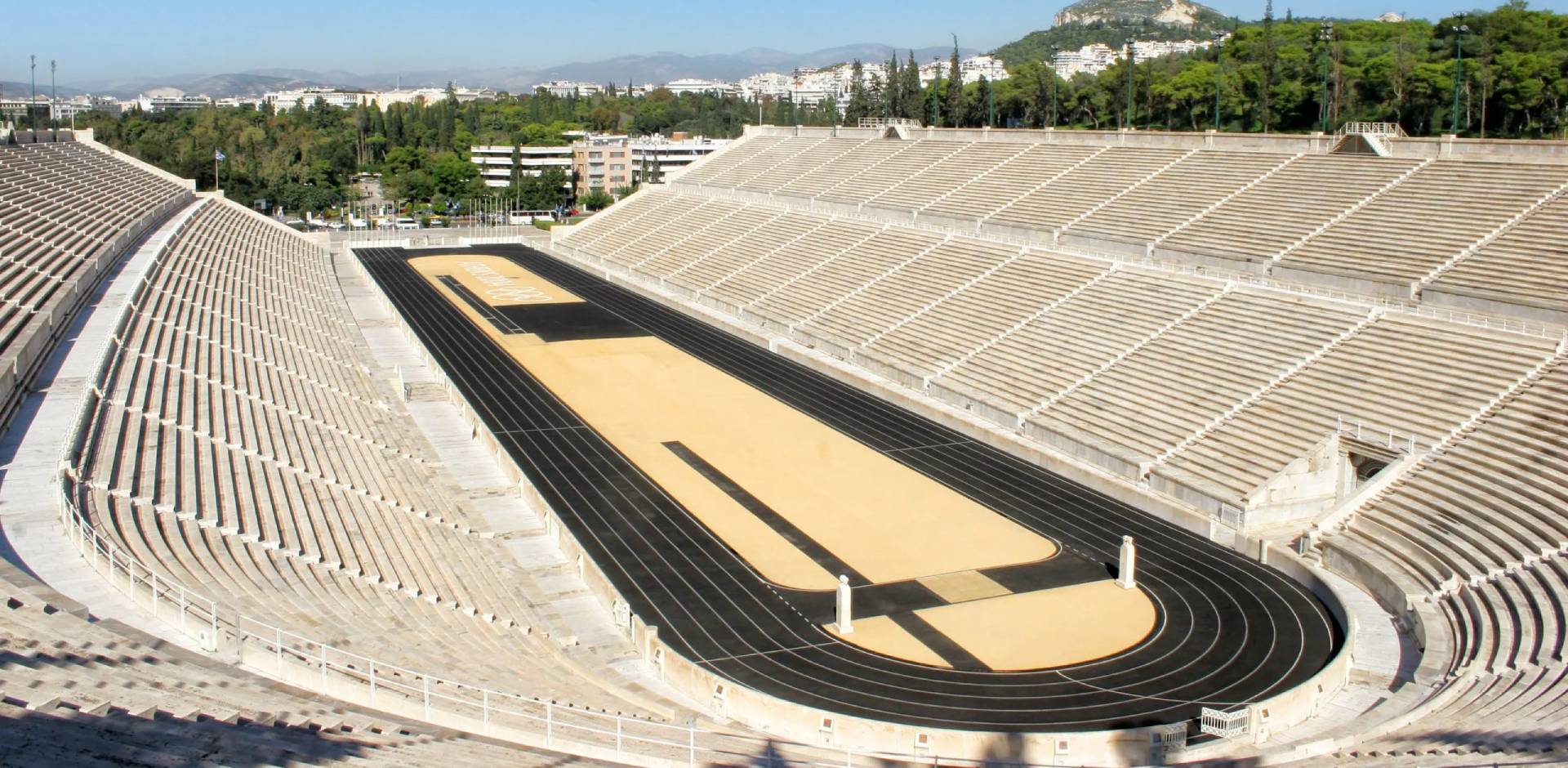
THE PANATHENAIC STADIUM
Feb 22, 2023
The Panathenaic Stadium, also known as the Kallimarmaro Stadium, is a landmark of Athens, Greece. It is the only stadium in the world built entirely of marble and has a capacity of 50,000 spectators. The stadium is famous for being the host of the first modern Olympic Games in 1896.
History of the Panathenaic Stadium
The Panathenaic Stadium was originally built in the 4th century BC for the Panathenaic Games, which were held every four years in honor of the goddess Athena. The stadium was used for a variety of athletic events and was known for its impressive architecture, which included a horseshoe-shaped track, seating for up to 50,000 spectators, and a large arched entrance.
Over the centuries, the stadium fell into disrepair and was used for other purposes, including as a quarry for building materials. It wasn't until the late 1800s that the idea of reviving the ancient Olympic Games was proposed, and the Panathenaic Stadium was chosen as the site for the first modern Olympics in 1896. The stadium was extensively renovated and restored to its former glory for the occasion.
Restoration of the Panathenaic Stadium
Over the years, the stadium suffered significant damage due to neglect and misuse. However, in 1869, the Greek government launched a project to restore the stadium to its former glory. The restoration was completed in time for the opening of the first modern Olympic Games in 1896.
The restoration project was led by architect Anastasios Metaxas. The stadium was completely reconstructed, with the addition of a track and field facilities, seating for 80,000 spectators, and the removal of the original spectator embankments.
Architecture of the Panathenaic Stadium
The Panathenaic Stadium is a masterpiece of ancient Greek architecture. It measures 204 meters in length and 33 meters in width and was originally constructed entirely out of limestone. However, during its restoration in the late 1800s, it was rebuilt using marble from Mount Pentelicus, giving it the stunning white marble exterior that it is known for today.
One of the most impressive features of the stadium is the horseshoe-shaped track, which was designed to accommodate foot races of various lengths. The track is 192.28 meters in length, and 28 meters wide, with a slight incline of 1:50 from the start to the finish line.
The seating area, which consists of 50 rows of marble seats, is divided into two levels. The lower level contains 32 rows and is separated from the track by a low wall. The upper level, which is located above the lower level, has 18 rows of seats and is separated from the lower level by a marble balustrade.
The Panathenaic Museum
The Panathenaic Museum features a collection of artifacts that chronicle the history of the stadium and the games. The collection includes ancient artifacts, such as pottery and sculptures, as well as more modern items, such as medals and memorabilia from the modern Olympic Games.
Visitors to the museum can also learn about the various athletic events that have taken place in the stadium over the centuries, including the ancient Panathenaic Games, the first modern Olympic Games in 1896, and the 2004 Athens Olympics.
Ticket Prices and opening times
Adults: € 10 (£ 8.90)
Students: € 5 (£ 4.50)
Children under 6: Free
March - October: every day between 8am and 7pm.
November - February: every day between 8am and 5pm.
